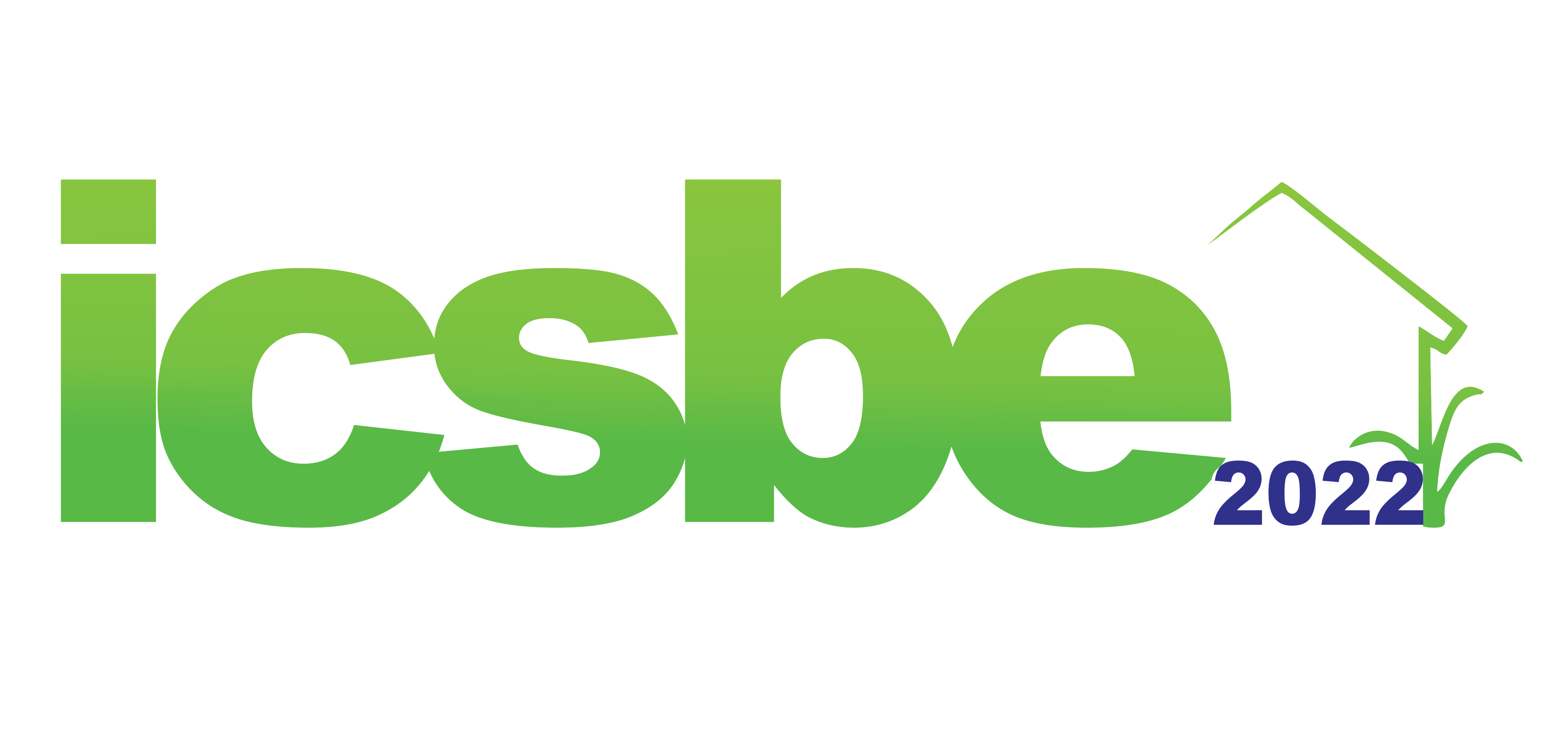GLYCERINE PITCH AS AN EXTENDER FOR ASPHALT BINDER PEN 60/70
A V R Sihombing[1]*, R Utami1, A K Soemantri1, A Febriansya1, and R P Sihombing2
1 Department of Civil Engineering, Politeknik Negeri Bandung, Jln.Gegerkalong Hilir, Ciwaruga, Bandung, Indonesia
2Department of Architecture, Institut Teknologi Nasional Bandung, Jl. PH.H. Mustofa No.23, Bandung, Indonesia
[1]* Corresponding author’s email: [email protected]
DOI: https://doi.org/10.20885/icsbe.vol2.art14
ABSTRACT
Glycerine pitch (GP) is a by-product from the refining process of Crude Glycerol from the palm oleochemical industry which in its processing requires a cost of USD 400/ton. In Indonesia, it is estimated that the production of GP reaches 35 thousand tons/year. This study aims to examine the potential of GP as an extender for asphalt binder pen 60/70, according to the Fourier transform infrared spectroscopy (FTIR) test to see its chemical structure and asphalt binder rheology in the laboratory. The materials used in this research are pen 60/70 and GP from the oil palm oleochemical industry in Bekasi Regency which are produced from the hydrolysis route. GP was added to asphalt pen 60/70 with variations in the percentage of GP to the weight of asphalt pen 60/70 were 0%, 15%, 20%, and 25%. Based on the results of the FTIR test, it is known that GP belongs to a polyglycerol compound which is similar to the long compound in petroleum asphalt. The addition of GP up to 25% to asphalt-based rheology still meets the characteristics of pen 60/70 with a penetration value of 64.14 dmm, softening point 52 C, viscosity 408.52 cSt, ductility > 100 cm and density 1.061.
Keywords : Glycherine Pitch; Ashpalt; FITR
REFERENCES
Rofiqi et al., (2018) “An Accelerating For Development Of Palm Oil Downstream Industry In Indonesia,” J. Teknol. Ind. Pertan., vol. 26, no. 3, pp. 246–254.
T. Sipayung and J. H. V Purba, (2015), Ekonomi Agribisnis Minyak Sawit. Bogor: PASPI.
APOLIN, (2021) “Apolin: Kapasitas industri oleokimia Indonesia terbesar di dunia,” antaranews.
Badan Pengelola Dana Perkebunan Sawit, (2018), “Oleokimia dan Biomaterial Dari Kelapa Sawit,” [Online]. Available: https://www.bpdp.or.id/Oleokimia-dan-Biomaterial-Dari-Kelapa-Sawit. [Accessed: 29-Aug-2022]
W. P. Teoh, S. Y. Chee, N. Z. Habib, M. J. K. Bashir, V. S. Chok, and C. A. Ng, (2021), “Chemical investigation and process optimization of glycerine pitch in the green production of roofing tiles,” J. Build. Eng., vol. 43, no. January, p. 102869, : 10.1016/j.jobe.2021.102869.
E. N. Hidawati and a M. M. Sakinah, (2011), “Treatment of Glycerin Pitch from Biodiesel Production,” Int. J. Chem. Environ. Eng., vol. 2, no. 5, pp. 309–313.
A H. Hazimah, T. L. Ooi, and a Salmiah, (2003), “Recovery of Glycerol and Diglycerol From Glycerol Pitch Recovery of Glycerol and Diglycerol From Glycerol Pitch,” J. Oil Palm Res., vol. 15, no. 1, pp. 1–5.
A. Choirun Az Zahra et al., (2021), “Novel Approach of Biodiesel Production Waste Utilization to Support Circular Economy in Biodiesel Industry,” IOP Conf. Ser. Mater. Sci. Eng., vol. 1143, no. 1, p. 012030, doi: 10.1088/1757-899x/1143/1/012030.
B. Y. Tong Jian, (2019), “Utilization of Glycerine Pitch As a Binder in the Production of Green Roofing Tile,” p. 89.
I. Sumantoro, “Impor Aspal Indonesia,” Indonesiana, (2022), [Online]. Available: https://www.indonesiana.id/read/157758/impor-aspal-indonesia#:~:text=Di tahun 2021%2C Indonesia telah,atau senilai US%24 550 juta. [Accessed: 29-Aug-2022].
S. Tang, (2010), “Asphalt modification by utilizing bio-oil ESP and tall oil additive”.
J. Read and D. Whiteoak, (2003), The Shell bitumen handbook.
ASTM D36, (2014), Standard Test Method for Softening Point of Bitumen (Ring-and-Ball Apparatus). West Conshohocken, PA: ASTM International.
ASTM D5-05, (2005), Standard Test Method for Penetration of Bituminous Materials. West Conshohocken, PA: ASTM International.
ASTM E1252, (1998), “Standard Practice for General Techniques for Obtaining Infrared Spectra for Qualitative Analysis.” ASTM International (ASTM), p. 13.
D. Skoog, F. Holler, and S. Crouch, (1983), Principles of Instrumental Analysis, vol. 152.
J. Coates, (2006), “Interpretation of Infrared Spectra, A Practical Approach,” in Encyclopedia of Analytical Chemistry.





Leave a Reply
Want to join the discussion?Feel free to contribute!